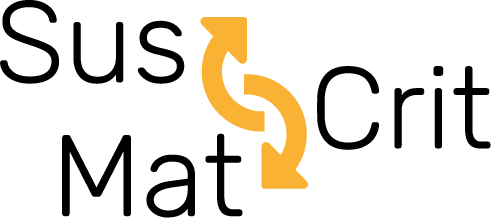Sustainability and business interests are more and more intertwined as environmental issues such as natural degradation, climate change or materials depletion cannot be ignored when making business decision because of the costs (e.g. via reputational damage) associated with those phenomena and – increasingly also – legislation. In the field of materials, some of these challenges are particularly relevant. Therefore, conducting a more sustainable business is not (just) a burden, but an opportunity for businesses dealing in this area. The aim must be to become less reliant on primary production, reduce the direct environmental and social damage of mining, and distribute the production of metals more evenly. The approach to the economy including these and other measures is called the “Circular Economy”. Strategies to attain a Circular Economy include everything which leads to more value being retained in the economy. From the lengthening of product life cycles and recycling materials at the end of use to devising new business schemes which rely more on service than on providing a product, what is necessary are adequate measures across the whole value chain.
Learning objectives.
- You can explain how sustainability can be of strategic significance to companies
- You can identify different circular business models
- You can discuss the relevance of circular business models for critical raw materials
- You can select applicable circular business models for products containing a critical raw material
Teaching Materials


